Verizon's CEO gives positive reports on 5G network slicing, standalone 5G, and the C-band
Verizon CEO Hans Vestberg updates us on the carrier's SA 5G networks, C-band, and the use of network slicing.

During the J.P. Morgan Global Technology, Media and Communications conference on Wednesday, Verizon CEO Hans Vestberg said that demand for private 5G networks is on the rise. More industries have been signing up for private 5G networks. The next big thing for these private 5G networks is network slices. The latter requires the use of a Standalone 5G network.
A standalone (SA) 5G network uses a 5G core. Such a network was built from the start for 5G and delivers ultra-low latency, enhanced security, and it can support massive amounts of network traffic. And Standalone 5G allows for the use of network slices, a perfect technology for private 5G networks. With a network slice, a physical network is "sliced" into multiple virtual networks. Each slice is optimized to meet the exact requirements of the business that is using it. Verizon's Vestberg says that network slices are "way quicker, more efficient for our customers." Instead of taking weeks to set up, with network slices, "it will come down to days."
Right now, in the U.S. only T-Mobile has a nationwide Standalone 5G network. Boost Mobile, Verizon, and AT&T could all have their Standalone 5G networks running nationwide as soon as this year. Boost reportedly has 80% of the U.S. population covered by its Standalone 5G network, and its deal with the FCC requires it to hit 100% by December 14th, 2026. Verizon has SA 5G in about 60% to 70% of its network, and AT&T looks to expand its SA 5G throughout this year.
Verizon's CEO also told the conference about Verizon's progress in the C-band. You might recall that Verizon and AT&T originally spent $68 billion on C-band spectrum during an FCC auction as a way to catch up to T-Mobile and the 2.5GHz mid-band spectrum it took over from Sprint. Verizon and AT&T tried to start their 5G build out using mmWave 5G which turned out to be a huge mistake. While these high-band airwaves feature the fastest download data speeds, they do not travel long distances.
T-Mobile already figured out that mid-band spectrum would overall deliver the superior 5G experience and its purchase of Sprint gave it a hoard of 2.5GHz mid-band spectrum that allowed it to take the 5G lead in the U.S.
On Wednesday, Vestberg said that Verizon's C-band coverage will reach 90% of the country this year and hit 100% next year. He also said that the company has a goal of hitting 8 to 9 million fixed wireless broadband subscribers by 2028. But mobility will remain the first priority for Verizon leaving fixed wireless a second priority. The CEO was asked if fixed wireless could ever be a first priority at Verizon. He replied in the affirmative "but not before we have concluded the C-band mobility deployment,” he said.
Follow us on Google News


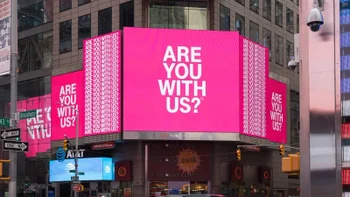

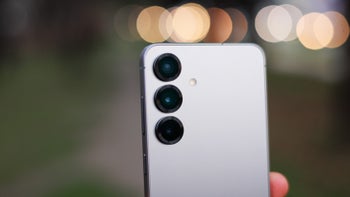
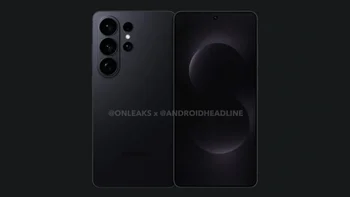

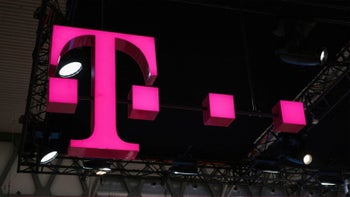

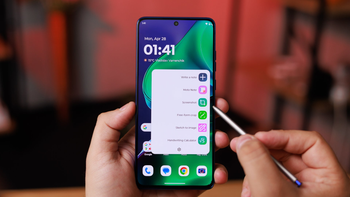
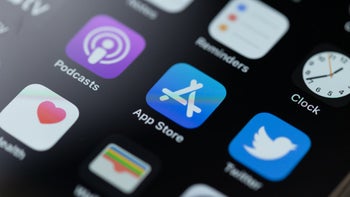
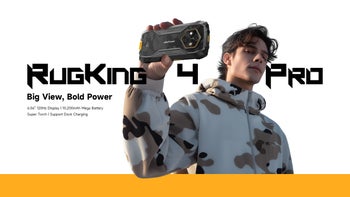
Things that are NOT allowed:
To help keep our community safe and free from spam, we apply temporary limits to newly created accounts: